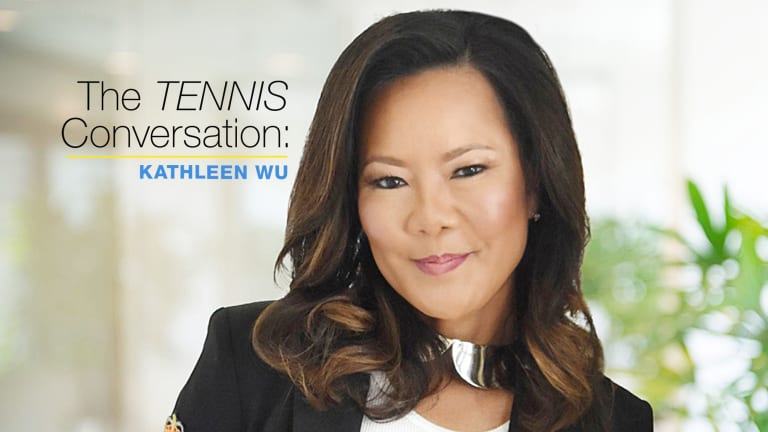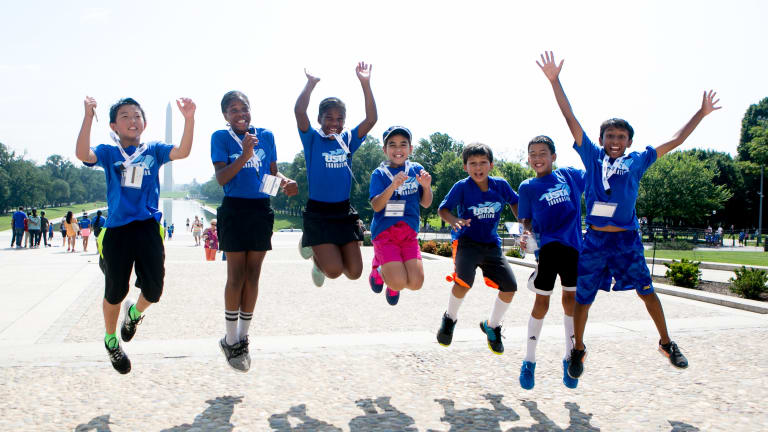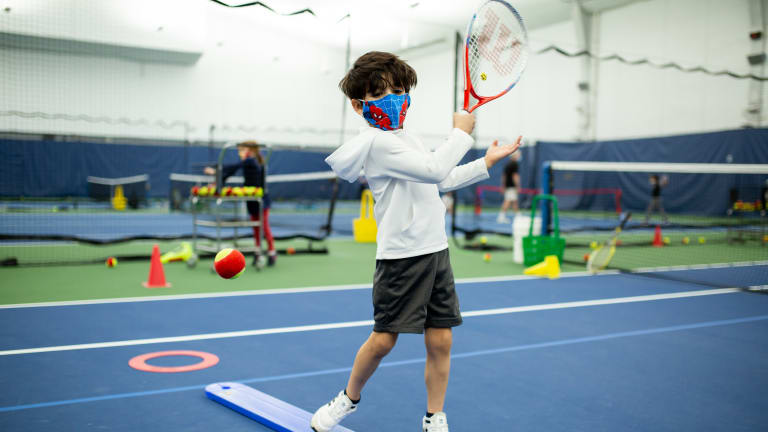On Thursday, the USTA Foundation announced its largest single fundraising campaign in history with the launch of “Rally for the Future”. The campaign, which seeks to raise $20 million over the next three years, comes after 2020’s Rally to Rebuild exceeded expectations by bringing in more than $6.5 million to support National Junior Tennis & Learning (NJTL) chapters throughout the U.S. that were severely impacted by the COVID-19 pandemic.
Kathleen Wu, who became the first Asian-American woman to be elected USTA Foundation President in January, is the perfect person to direct this massive undertaking. From starting out in foster care and then later facing racial and gender stereotypes when she became a lawyer, Wu has turned challenges into opportunities. Throughout her 30-year career in litigation, she’s been at the forefront of diversity and inclusion advocacy, and she carried that over to her USTA involvement by serving as their national chair of the diversity and inclusion committee.
“I’ve had the grassroots experience from the beginning and have seen the USTA family from all different sides,” she shares. “There are many other national committees I've been involved on, as well, so I got to see the business side, as well. And I think all of that helps me sit in the position I do now.”
In this TENNIS Conversation, Wu takes us through the similarities between tennis and the court of law, the significance of kids seeing adults who look like them in visible roles, and why the time is now to get “Rally for the Future” off the ground.


